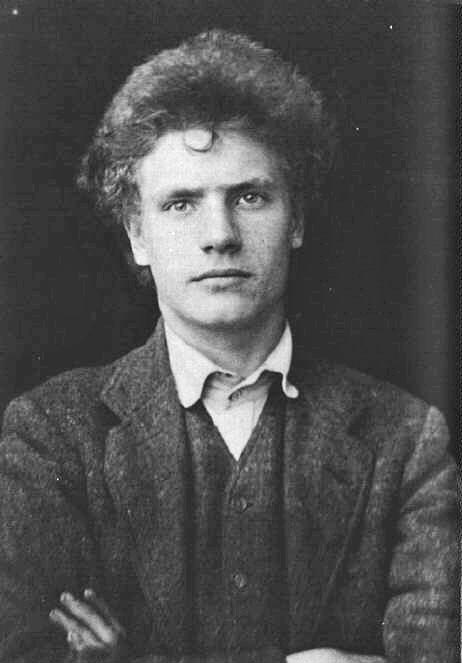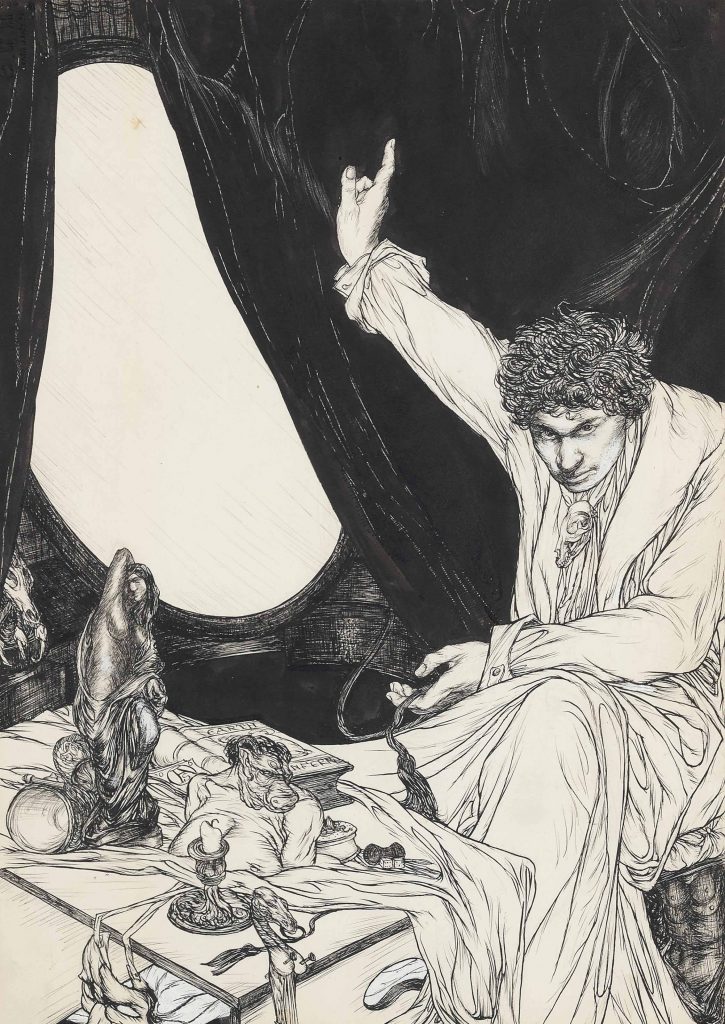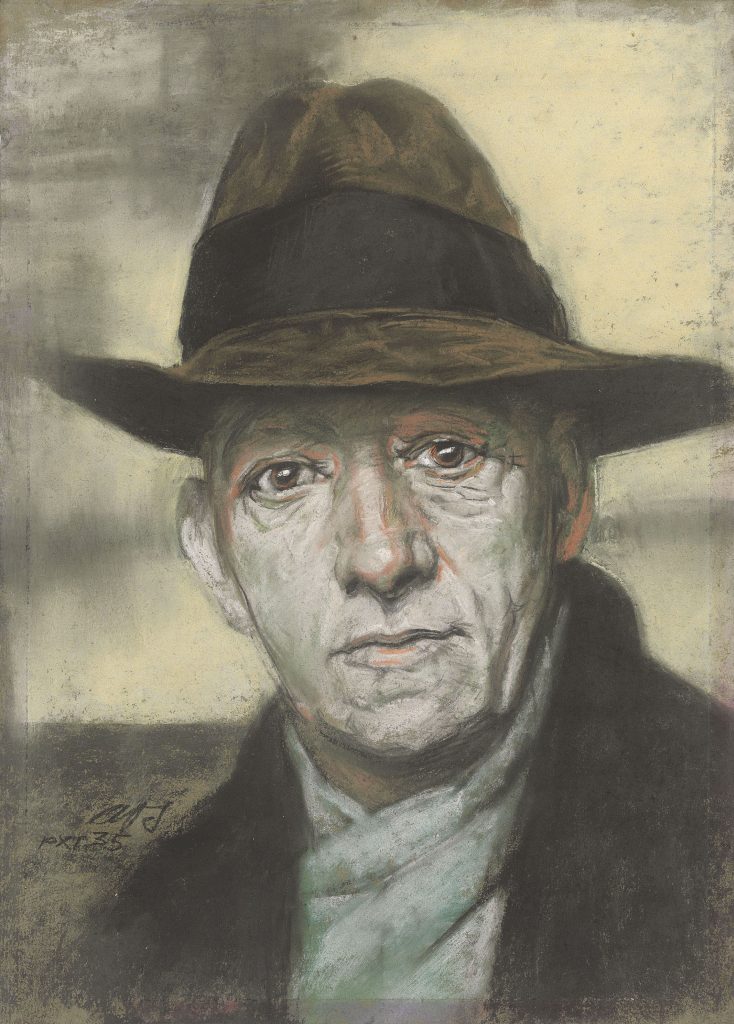In the second part of Dream Whisperer, I introduced Morris Selman Wheeling, an unsuccessful artist with a passion for the occult. He takes the fight to the Dream Whisperer’s home turf, the Dreamlands. Wheeling is distinctly working-class and has first-hand, traumatic experience with the war as a soldier. Wheeling’s past makes him particularly critical of Mycroft Holmes. Holmes’s upper-class accent and haughty manners frequently get on Wheeling’s nerves. Both men need to cooperate but can’t stand the sight of each other.
I took my inspiration for this character from the English artist Austin Osman Spare. Spare was a talented artist, born in 1886 in London.

He was considered a boy genius — at age 17, two of his drawings were exhibited at the Royal Academy’s Summer Exhibition, and John Singer Sargent thought he was the best draughtsman in the country — but this early promise never translated into a successful artistic career, mainly due to his lack of social skills. He exhibited in pubs and lived amongst thieves and prostitutes. His work was rediscovered in the 1960s when there was a revival of interest in Art Nouveau, but to this day, Spare remains one of the more obscure English artists.



At a young age, Spare became enthralled by esotericism. When he was 18, he devised a religion of his own and self-published his first book, Earth Inferno, in a limited edition of 265 numbered and signed copies. It juxtaposed page-sized illustrations with short text vignettes expanding his magico-religious views. It was the first of five books he published between 1905 and 1927. Aleister Crowley was attracted to Spare’s work and sought him out. At his invitation, Spare became a member of Crowley’s Thelemite magical order Argenteum Astrum in 1907. After five years, the men had a final falling out, and their ways separated. Spare disliked ceremonial magic. He stressed the importance of the unconscious part of the mind, which he believed was the source of inspiration and magic. He was also convinced we carry in our minds the memories of species that preceded us on the evolutionary ladder, thus combining the concepts of reincarnation and evolution. Spare developed a new method of creating and using sigils for magical purposes that broke with Medieval tradition. His technique became a cornerstone of modern chaos magic. In a 2010 BBC documentary, writer and magician Alan Moore described Spare as the greatest magician of the 20th century.
There’s plenty of information to find about the man on the web, but if you’re interested in a more in-depth analysis, I can recommend Phil Baker’s Austin Osman Spare: The Life & Legend of London’s Lost Artist, which is unfortunately out-of-print at the moment.
